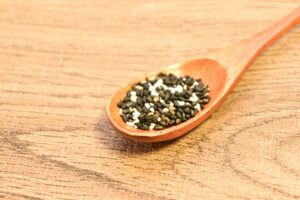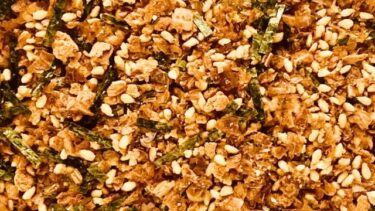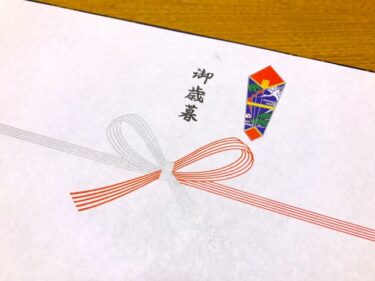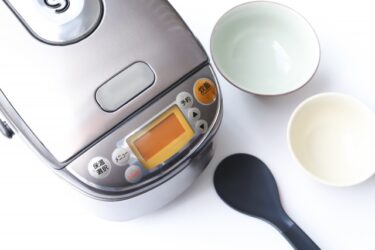Furikake is a beloved Japanese condiment, typically sprinkled over rice to add flavor and texture. It often consists of a mix of dried fish, sesame seeds, seaweed, salt, and other seasonings, making it both flavorful and nutritious. Over time, furikake has become a staple in Japanese households, with countless varieties available to suit all tastes. For travelers and expatriates in Japan, exploring the diverse world of furikake can be a delightful experience that reflects a key aspect of Japanese culinary culture.
The History of Furikake in Japan
Furikake has its origins in the early 20th century. It was invented by a pharmacist named Suekichi Yoshimaru in the 1920s. Concerned about calcium deficiency among the Japanese population, Yoshimaru developed a seasoning made from ground fish bones and other ingredients. Initially marketed as a nutritional supplement, furikake soon became popular for its delicious taste and versatility, making its way into everyday meals. Since then, furikake has evolved into an essential part of the Japanese diet, with each region of Japan producing unique flavors using local ingredients.
Varieties of Furikake
Today, the selection of furikake is vast and varied. Some popular types include:
- Nori (Seaweed) Furikake: A classic blend of seaweed flakes and sesame seeds.
- Sake (Salmon) Furikake: Made with dried salmon flakes, this type is both savory and rich in umami.
- Egg Furikake: A mild and slightly sweet option, popular with children.
- Wasabi Furikake: For those who enjoy a spicy kick, this version incorporates the bold flavor of wasabi.
- Vegetable Furikake: Often made with dried carrot or spinach, it’s a healthy option for adding greens to your meal.
Each brand and region in Japan offers unique takes on furikake, leading to a rich and diverse marketplace. Supermarkets often dedicate entire sections to furikake, reflecting its importance in Japanese cuisine.
Is There Anything Like Furikake Overseas?


While furikake is uniquely Japanese, there are some condiments around the world that share similarities. For example:
- Gomasio (France/Japan): A simple mix of sesame seeds and salt, often used to season rice or vegetables.
- Dukkah (Middle East): A blend of ground nuts, seeds, and spices, dukkah is often sprinkled on bread or used as a seasoning for salads.
- Za’atar (Middle East): A popular Middle Eastern spice mix that includes thyme, sesame seeds, sumac, and salt, used on breads or as a dip.
Though these seasonings share a similar concept, furikake’s blend of dried fish, seaweed, and rice-centric usage makes it distinctive. Moreover, furikake offers a wider variety of flavors and textures compared to most overseas condiments.
Conclusion: Furikake, A Taste of Japan’s Culinary Tradition
Furikake is more than just a seasoning; it’s a reflection of Japan’s culinary creativity and its ability to turn simple ingredients into something delightful. For those living in or visiting Japan, exploring the endless variety of furikake is an enjoyable way to experience a part of everyday Japanese culture. While other countries have similar condiments, the depth and diversity of furikake make it a unique part of Japan’s food landscape.








